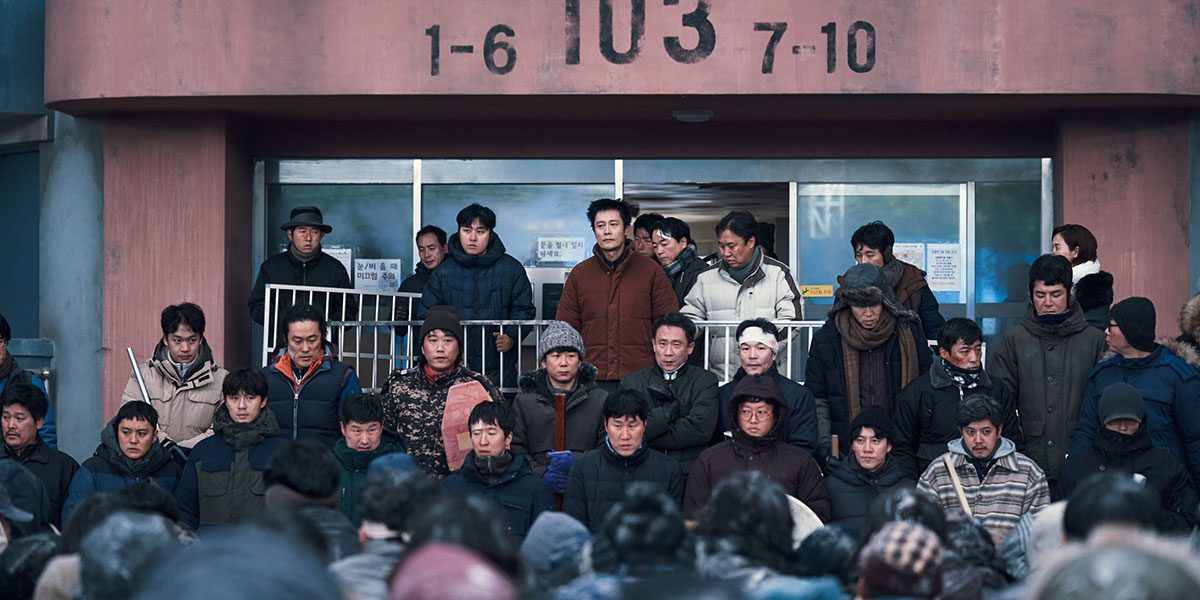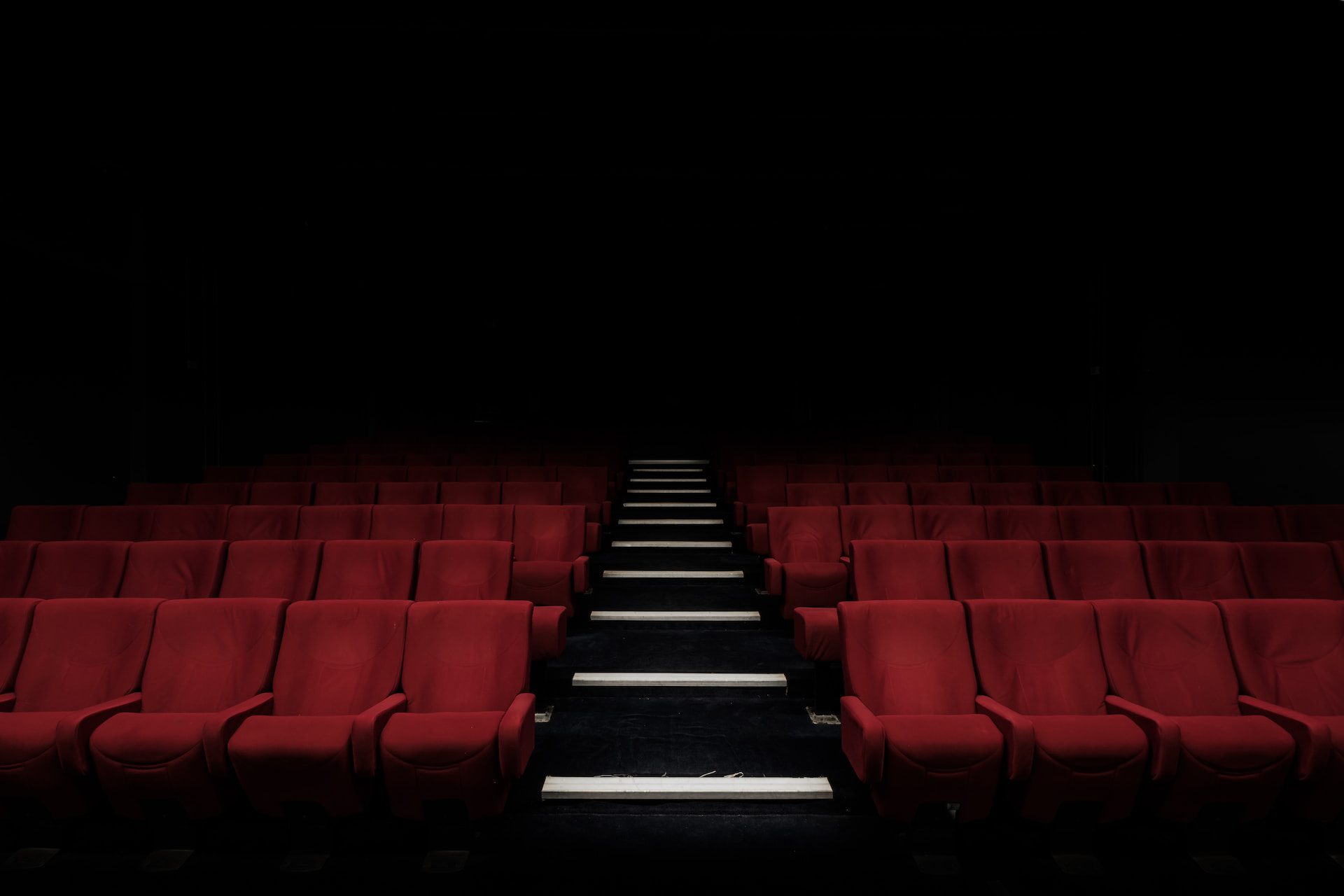?It can?t be the biggest shitty window in the world. It has to be the biggest and the best.?
Holy Frit, an amazing documentary directed by Justin Monroe, is making its world premiere at the Slamdance Film Festival. It is the story of the making of the world?s largest stained glass window to go into the new facility of the United Methodist Church of the Resurrection in Kansas City. It was to be 100? long and 40? high. (That?s a little longer and a little narrower than a basketball court.)
The window was created by the Judson Studios, a family-owned company going back generations. Tim Carey, who had worked as a painter was inspired to work in this medium. When the church was looking for companies that could make such a window, Judson was one of the few in the world they considered. Carey made the presentation and the company got the contract. The only problem was, in spite of all their experience, no one really knew how to make such a window.
And so began a three year project that brought together Carey, company owner David Judson, and stained glass innovator Narcissus Quagliata. It is sometimes great cooperation, and at times a clash of egos. They had to learn new ways of making the glass. And they also raced against the deadline to get the 161 4?x5? panels created. It was a challenging task, but one, when you see the finished product was well worth it.
The process of making a stained glass window is interesting enough on its own. But to see the work and artistry that went into this project makes it even more intriguing. And artistry is what this film is really about. As we see some of the panels come together we can appreciate each one. When the face of Christ is revealed we are in awe. And to see it in its finished form is astounding.

The window includes various bits of biblical stories to keep the window within the linage of church stained glass used to educate and proclaim the gospel. It also includes a number of people throughout church history who form a ?cloud of witnesses?. But the dominant figure in the window is the risen Christ.
At one point in the film, Quagliata mentions that when one enters into such a project, they will come out a different person. We clearly see that in Carey?s case. He grows in many ways as he goes through this, but it also takes a toll on him and his family. It also takes a toll on his relationship with the studio he works for.
The film?s one shortcoming would be that it only briefly touches on the ethical/theological/economic question of churches spending such large amounts of money on art projects such as this. I am not one of those who would argue that this is not an appropriate use of money within a church context, but I certainly know people who would raise the issue. Those issues cannot be easily dismissed.
FilmReviews



